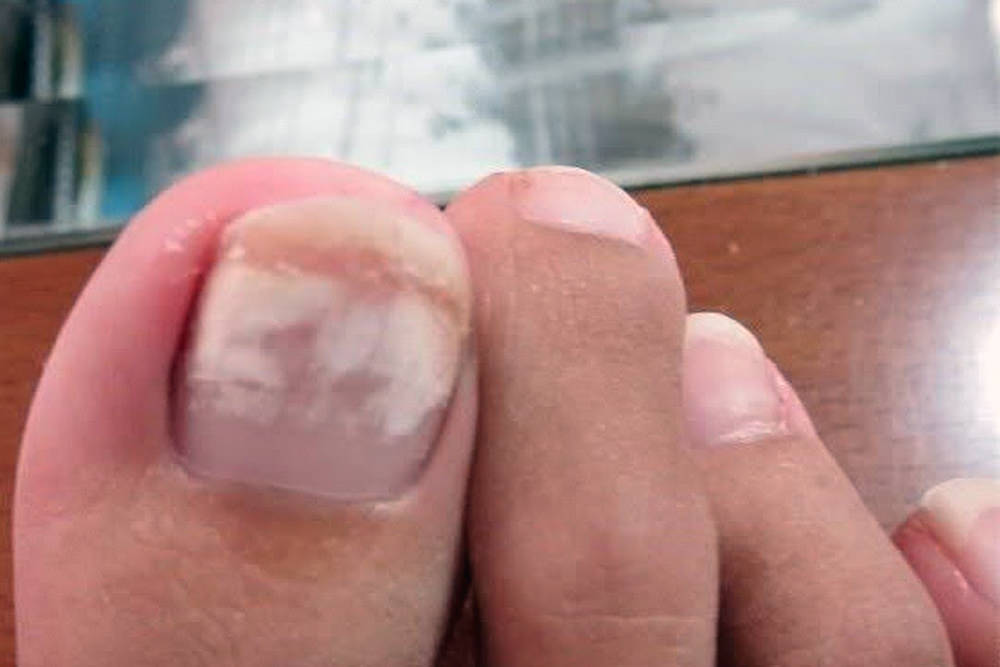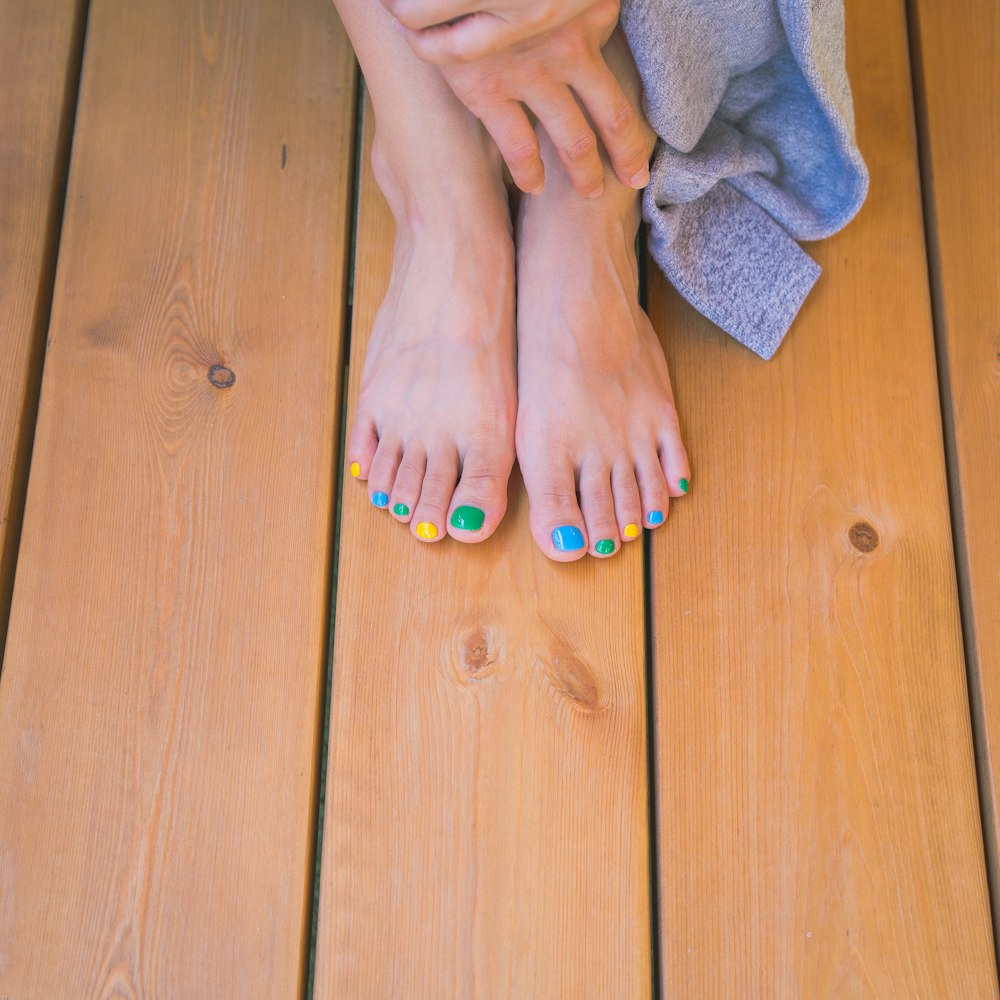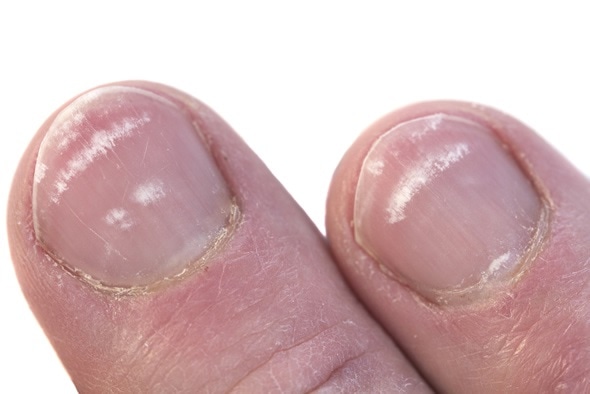Here’s What It Means if You Have White Spots on Your Nails-
“White spots on your fingernails or toenails, called leukonychia, can have a variety of causes…..”
The following written content by Alex Frost
White spots on your fingernails or toenails, called leukonychia, can have a variety of causes—from simply hitting your nail to more serious problems.

What white spots mean
Spencer Kroll, MD, has a book on his shelf that he used in medical school. In it, there’s information about a once-common practice for doctors.
When they’d shake the patient’s hand upon entering the exam room (pre-Covid days) the doctor would turn the hand slightly to look at the fingernails.
“It was a critical part of diagnosis, from that initial glance at the fingernails,” says Dr. Kroll, an internal medicine specialist in Morganville, New Jersey. “They looked at the color and texture before we had these elaborate tests.”
White spots on fingernails, called leukonychia, can have a variety of causes—from small cosmetic issues to major, life-threatening illnesses. Luckily, it’s rarely the latter. While there are a few types, the most common one is called leukonychia punctata. It’s often seen in children who can be harder on their nails than adults are, says Sunitha Posina, MD, an internist in New York City.
Here are the most common reasons you might have white spots on your fingernails (or toenails).
Trauma to the nail
If you’ve ever hit your nail on something, you may have developed white spots from the trauma to the nail. In addition, you can also have this happen if there’s trauma to “the matrix, the base of where the nail forms,” says Emmanuel Loucas, MD, founder of Lucas Dermatology & Laser Center in New York City.
Subscribe here
In this case, the spots may take a while to go away, as nails grow slowly. This type of minor trauma can also result in fingernail ridges rather than white spots.

“Nails grow at a variable rate—they grow more in the wintertime and in colder months,” Dr. Kroll says.
But it can take several months to a year for nails to grow. “So if they were damaged, or there was a clear inciting event…it’s reasonable to track that event and wait several months” if there are no other symptoms, he adds.
Manicures, artificial nails, and other nail treatments
Ever had an amazing manicure, only to realize those artificial tips you had glued on your nail did some damage? This also counts as trauma to the nail, according to Dr. Kroll, and can take a while to grow out.
It’s not just nail tips that are the culprits, but a variety of beauty treatments. “There can be an allergic reaction to something topically on the fingers, from nail lacquers to fake nails to other topical applications,” he says.
Psoriasis or eczema
“Your nails are an extension of your skin, and in actuality, a type of skin,” says Dr. Loucas. So some conditions that can affect your skin can also affect your nails.
Psoriasis and eczema are skin conditions characterized by itching, rashes, and redness. These can manifest in the nails as well as your skin, resulting in nail whitening, says Dr. Loucas. Read more from The Healthy.





